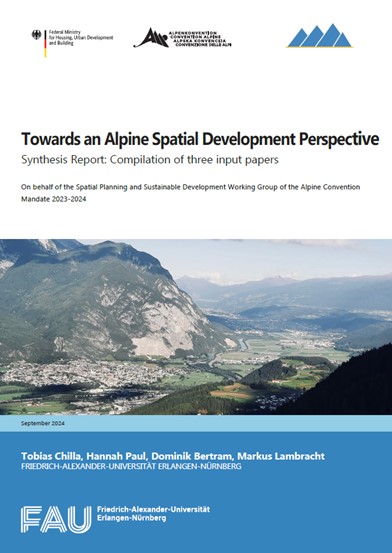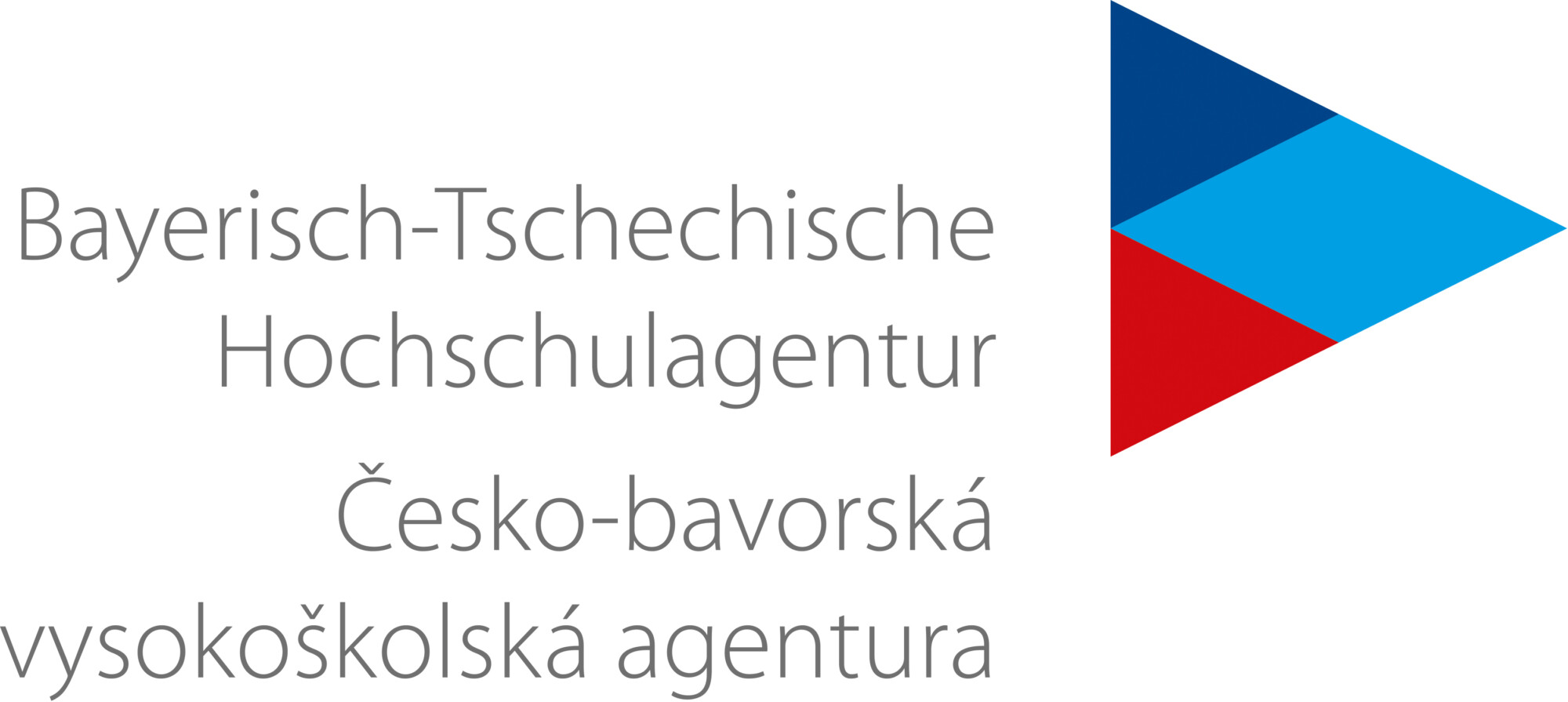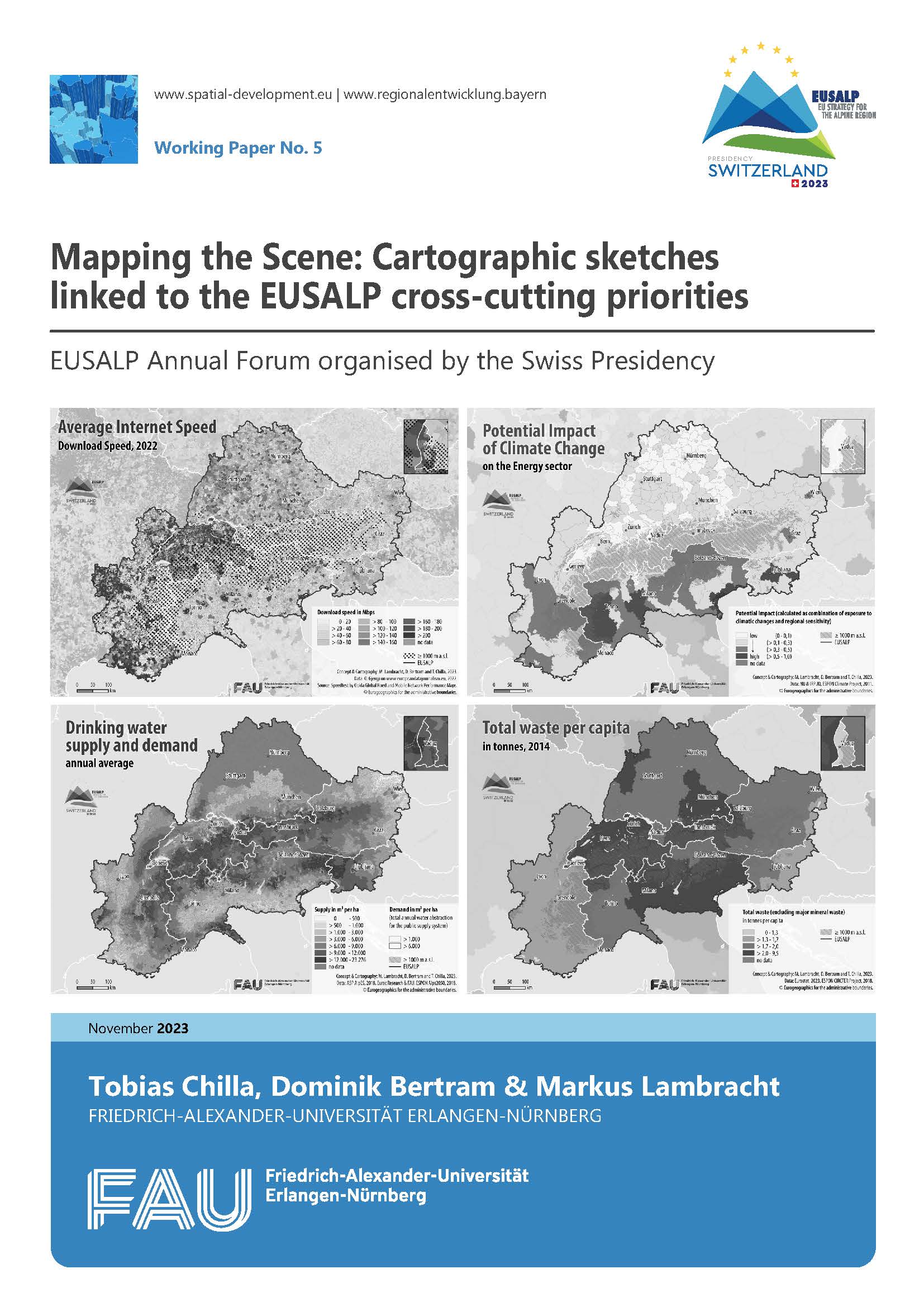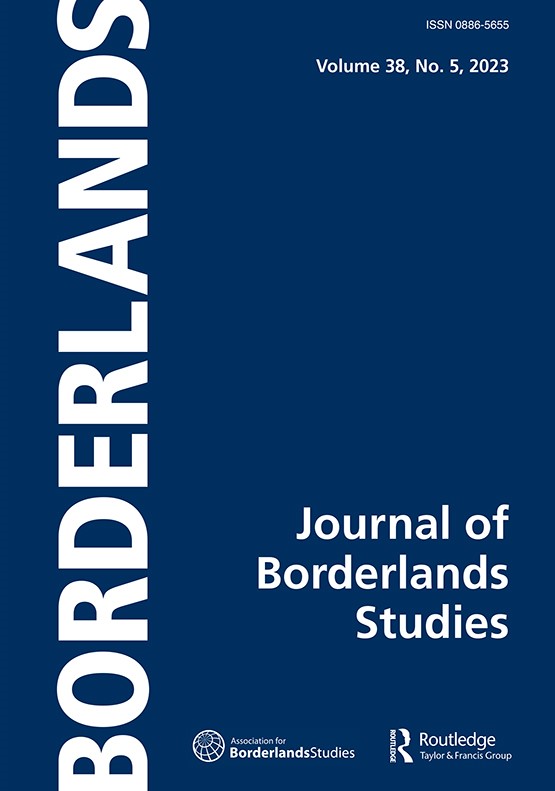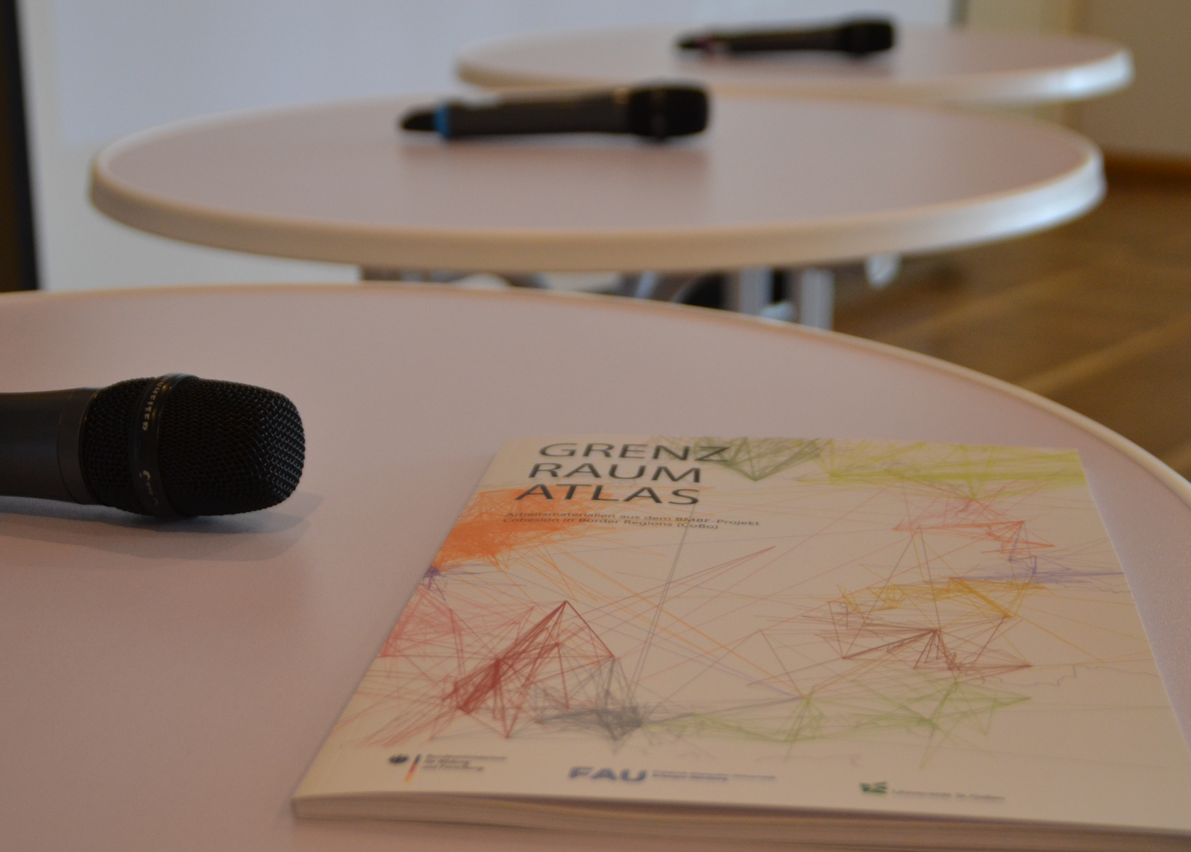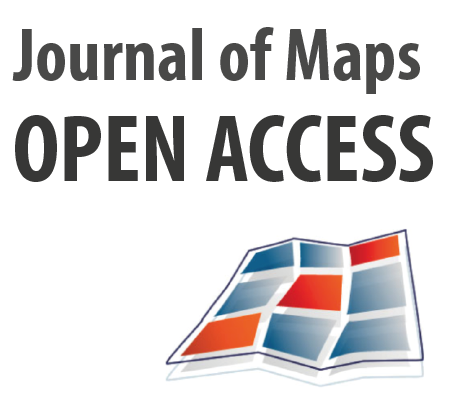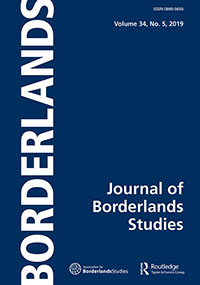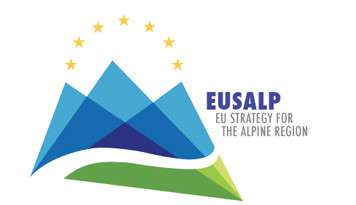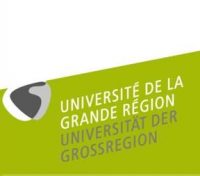Towards an Alpine Spatial Development Perspective
A new report by Tobias Chilla, Hannah Paul, Dominik Bertram and Markus Lambracht brings together important arguments towards an Alpine Spatial Development Perspective (ASDP). This synthesis report brings together three input papers focusing on sectoral perspectives, namely transport & connectivity, green infrastructure and economic development. This process was initiated by the Spatial Planning and Sustainable Development Working Group of the Alpine Convention. The document summarises the...

